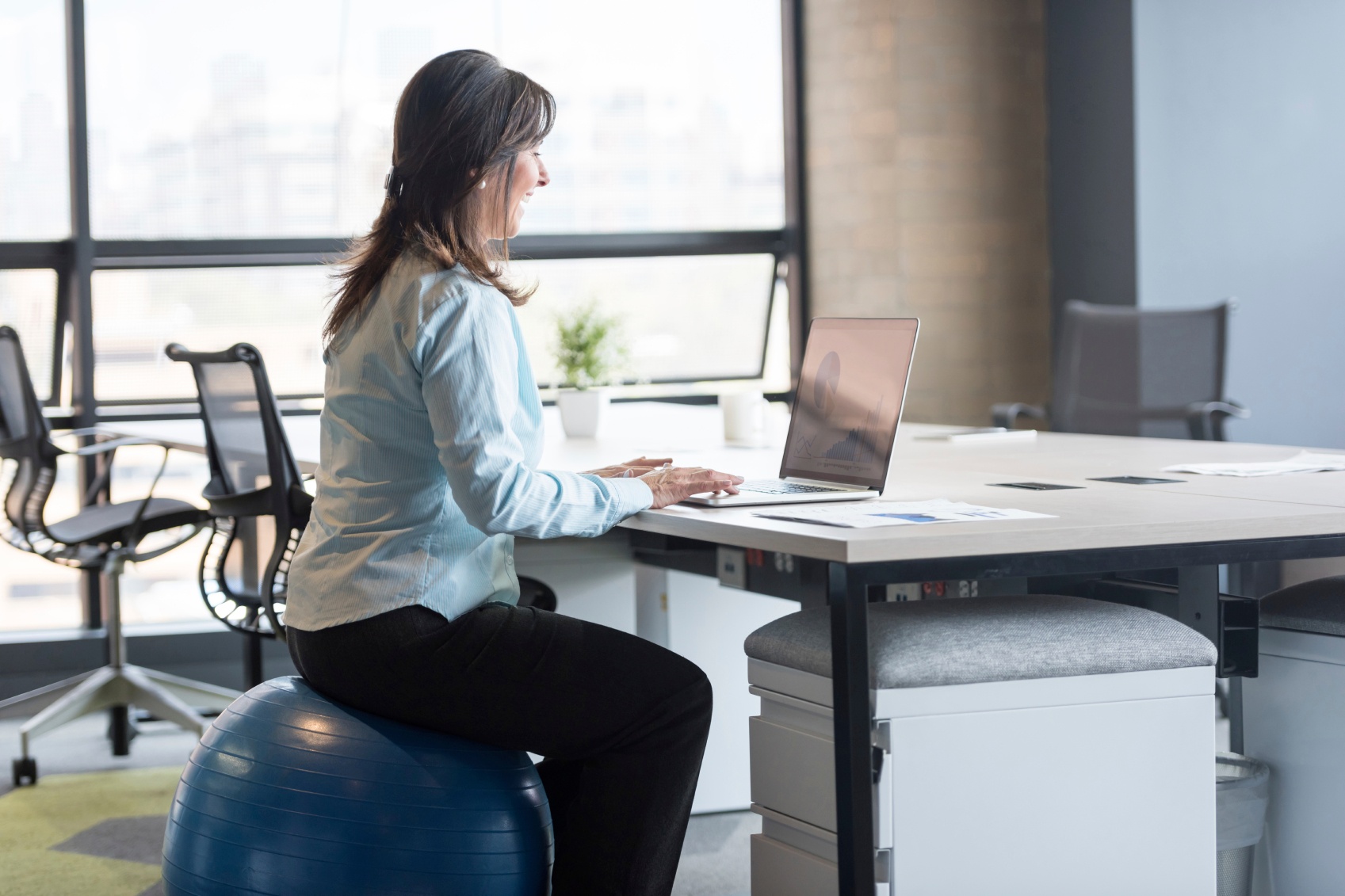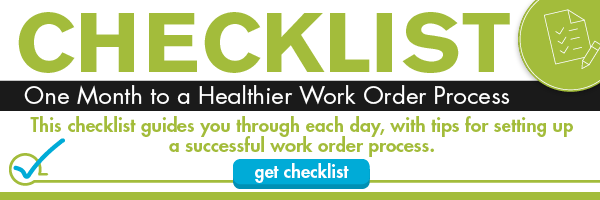Work Out Without Ever Leaving Your Office


The average office worker is on their job in excess of fifty hours a week and often quite a bit more. Stress and lack of physical activity are compounding factors in the well-being of employees. These factors, in turn, contribute to a population that is facing some real challenges in staying healthy, both physically and mentally.
This is why it is so critical to move, stretch, sweat and breathe. But, with so many hours devoted to working, where is the time for the physical activity? Even when there is extra time away from the office, there is usually something more pressing or desirable there to occupy the remaining free time you might have. There is a solution; the office workout routine. It doesn’t have to be fancy and, with the right plan, may prove much more effective than the sporadic gym visits each month. And many of the exercises can even be done at your desk. Here’s some ideas to get you started.
Discrete Exercises You Can Do at Your Desk
Sitting at your desk all day can cause brain fog and, in turn, affect productivity. Luckily, there are a number of activities you can perform while still taking that phone meeting or answering emails.
Glute Exercises
Just because you sit at a desk all day doesn’t mean you can’t have toned glutes.
Glute Squeezes: Sit straight in your chair and contract your butt muscles, holding for 5-10 seconds. Release and repeat, for a total of 20 intervals. Repeat this exercise multiple times throughout the day, gradually increasing contraction time, as your glute muscles get stronger.
Core Strengthening
Strengthening your core muscles will help combat back pain and improve spinal alignment.
Core squeezes: Sit up straight in your chair. Hollow your stomach by breathing deeply in through your mouth, pulling your belly button toward your spine. Hold this position for 5-10 seconds. Breath out through your mouth. Repeat exercise 10-15 times. Along with exercising your abdominals, this breathing technique reduces stress and increases circulation to your brain.
Knee raises: Keeping your knees bent, lift one leg up towards your chest. The other should remain flat on the ground. Raise the leg as high as you can and hold for 5-10 seconds. Lower the leg slowly; then switch to the other leg. This exercise helps open up your hips while strengthening your abdominals and thighs.
 Leaner Legs
Leaner Legs
Even the simplest of leg exercises awaken and strengthen your muscles, while improving flexibility. The following activities offer a well-rounded routine without ever leaving your desk chair.
Calf raises: Every strength trainer incorporates calf raises into their training regimen. Sit up straight with your feet flat against the floor. Raise your heels off the floor as far as possible. Then, lower your heels. Repeat 10-15 times. When this becomes less of a challenge, add resistance by pressing your hands against your knees as you lift your heels.
Leg lifts: Sit straight up in your chair, using armrests as support. Straighten one leg and lift. Hold for a count of 5, then raise the leg a few more inches. Hold for another 5 seconds. Alternate to the other leg and repeat until you’ve completed 10 reps per leg. As this becomes easier, increase your hold time or number of reps.
Leg Flexion: Sit straight in your chair with your feet flat on the floor, knees bent at a 90 degree angle. Press one foot into the floor while contracting your hamstrings. It should feel as if you’re drawing your heel towards your butt, only your feet remain flat on the floor. Hold for a count of 30 seconds, then repeat the exercise with your left leg.
Stronger Arms
Stash a pair of hand weights under your desk to sneak in a quick arm workout.
Bicep curls: Sit on the edge of your chair, feet firmly planted. Hold a weight in each arm with underhand grip, hanging your arms down towards the floor. Now, hold upper arms close to your torso and slowly bend your elbows, curling the weight up towards your shoulders. Then, lower your arms back down to complete the set. Repeat 10-15 times. To target your forearms, change your grip so your palms face your midline and repeat same exercise.
Tricep extensions: Sit on the edge of your chair, torso straight. Use both hands to hold one weight above your head, arms fully extended. Bend your elbows, lowering the weight behind you, then slowly return to extended position. Remember to keep your upper arms close to your head throughout exercise.
Get on the Ball
While it should not replace an ergonomically correct chair, many professionals are now using a stability ball as part of their workday routine. The act of maintaining balance on the ball requires engagement of all core muscles, resulting in 6-pack abs and back, neck, and shoulder pain relief. For best results and to avoid injury, it’s important to determine which ball size fits your height and learn the correct way to sit on your stability ball. 
Step 1
Identify the correct ball size for your height. As a rule, if you’re 5’1- 5’7, buy a 22 inch ball. If you’re 5’8 – 6’2, you’ll want to purchase a 26 inch ball. Over 6’, you’ll need a 30 inch ball.
Step 2
Inflate the ball until you can sit on it with your feet resting flat on the floor and your legs at a 90-degree angle to the floor. Depending upon your desk, this should provide proper ergonomics for reaching your desk and keyboard.
Step 3
Contract your abdominal muscles and straighten your back. Relax your shoulders and place your hands flat on your desk. When in the correct position, your arms will form a 90-degree angle. If you’re using the correct size ball and your elbows don’t rest on the desk, your desk height may need to be adjusted. Without proper alignment, you could end up with shoulder and arm pain.
Step 4
For more stability, widen your feet. To challenge yourself and engage those core muscles, move your feet closer together.
Step 5
To prevent eye, neck, and shoulder strain, adjust your monitor to eye level.
While this is a great, low-impact workout, it’s best to start small on the stability ball. In the beginning, work for just a few minutes a day, building up your stamina as time goes on. And don’t forget – you are on a round object. Keep your feet on the ground and your mind aware, or you could go toppling over!
Beyond just the muscles, the brain needs achievable tasks and new challenges, often physical, to balance out the time spent thinking about our daily work tasks. Our brains are designed to take in new information to process and make connections with previous experiences to build a more well-rounded individual. When a person is engaged in the same routine, day in and day out, they start to lose some of their natural mental strength. This is why it is critical to challenge your mind and body often. Increase memory, become more focused and less mentally cluttered through increased physical activity and the other aspects of your life should see improvement, as well.
